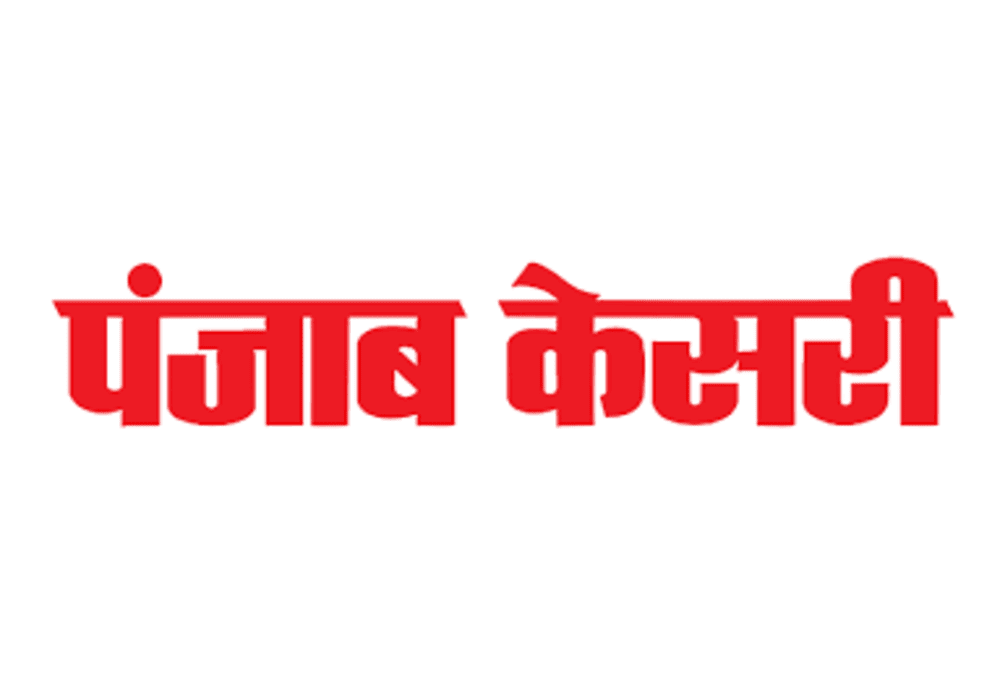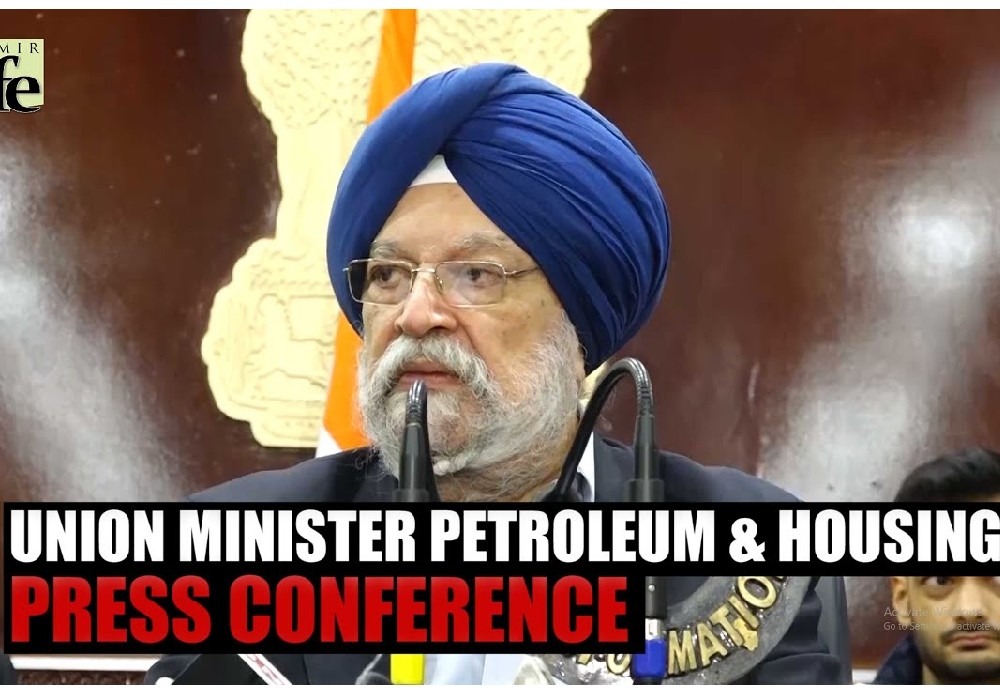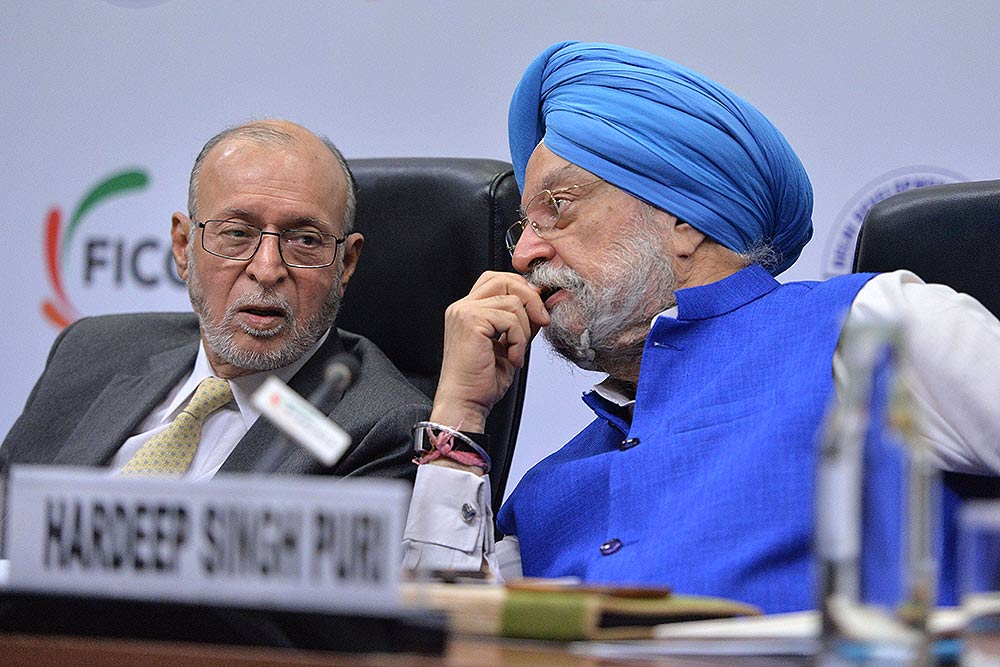Union Minister of Housing and Urban Affairs Hardeep Singh Puri on Friday remained non-committal about the precise date of the completion of the new Parliament complex in the Capital but sought to emphasise that work related to it was proceeding at a “very fast pace”.
Over 4,000 individuals were working round the clock to complete the project, the targetted date of completion of which, the government had in August told the Lok Sabha, was November, he said. “I go there every week, work is going on at a very fast pace; we have over 4,000 people working round the clock on it. When it will be completed is for the government to announce but what I can tell you is that it is proceeding very well,” he elaborated.
Mr. Puri offered this reassurance on the sidelines of the 15th Urban Mobility India (UMI) Conference & Expo, which he inaugurated with Kerala Chief Minister Pinarayi Vijayan.
Sources aware of developments related to the project said the new building was likely to be officially handed over to the Lok Sabha Secretariat by December 31.
While construction was on in full swing, issues related to the procurement of fixtures — mainly voting machines for Members of Parliament to cast votes on various Bills following deliberation — that were to be procured from Europe had been held up, sources said.
Essential fixtures such as these, sources added, could now be replaced by domestic alternatives and the new building, which was 70% complete in August, was “nearing completion every day”.
Kerala’s progress
In his address at the expo, Mr. Puri said that the objective was to fully utilise the potential of urban transport systems, including buses and metros across the country, by the year 2047. A psychological transition was essential to encourage citizens to shift from private vehicles to the public transport system, he added.
Hailing Kochi for distinguishing itself as “an exemplar city” for promoting seamless public transportation in urban areas, Mr. Puri acknowledged its focus on creating a system that encouraged people to switch from personal vehicles to public modes of transport as a “laudable objective” aligned with the Centre’s objective of “moving people rather than vehicles”.
Acknowledging the incorporation of best practices/learnings from other countries into Indian Urban Mobility Systems, the Minister said the Metro lines being introduced today were the kind of systems that were incorporating best practices from others the world over.
As of September 2022, he said, 810 km of Metro lines were operational in 20 cities and a network of more than 980 km of Metro network and RRTS was currently under construction in 27 cities.
India currently had the fifth-largest Metro network in the world and would soon overtake advanced economies such as Japan and South Korea to become the third-largest network, he added.
Mr. Puri also congratulated the Kochi Metro for the Kochi Water Metro project, which will connect 10 islands through 15 routes and cater to a daily ridership of more than 1,00,000 people across 78 kilometres of network.
“Not only will the Water Metro revive the traditional water train and travel routes once ubiquitous in the city, it will also provide a cheaper and more sustainable alternative to daily commuters,” he said.
Delhi discourse
At the event, Mr. Puri took a jibe at Delhi Chief Minister Arvind Kejriwal on the issue of freebies and referred to him as Olympic Gold Medallist when it came to offering ‘revdis’ such as free travel on public buses. The Minister also questioned his demand to allow free travel on the Delhi Metro even as the existing fleet of public buses in the city was at its lowest ebb.
He said that the Delhi CM was lucky that the AAP government was only responsible for funding 50% of the Delhi Metro with the Centre chilling in the other half. “We took a loan of ₹27,000 crore from the Japan International Cooperation Agency and the loan has to be paid back,” he said, adding that Mr. Kejriwal promised new buses before every election, while the existing fleet had gone down to just 3,000 vehicles with most of them nearing the end of their life cycle.

देश में एक करोड़ यात्री प्रतिदिन कर रहे हैं मेट्रो की सवारी: पुरी ..

Union Minister for Petroleum and Natural Gas and Housing and Urban Affairs, Hardeep Singh Puri addressing a press conference in ..

Joint Press Conference by Shri Hardeep Singh Puri & Dr Sudhanshu Trivedi at BJP HQ| LIVE | ISM MEDIA ..
(3).jpg)
"I wish a speedy recovery to former Prime Minister Dr Manmohan Singh Ji. God grant him good health," Puri wrote. ..